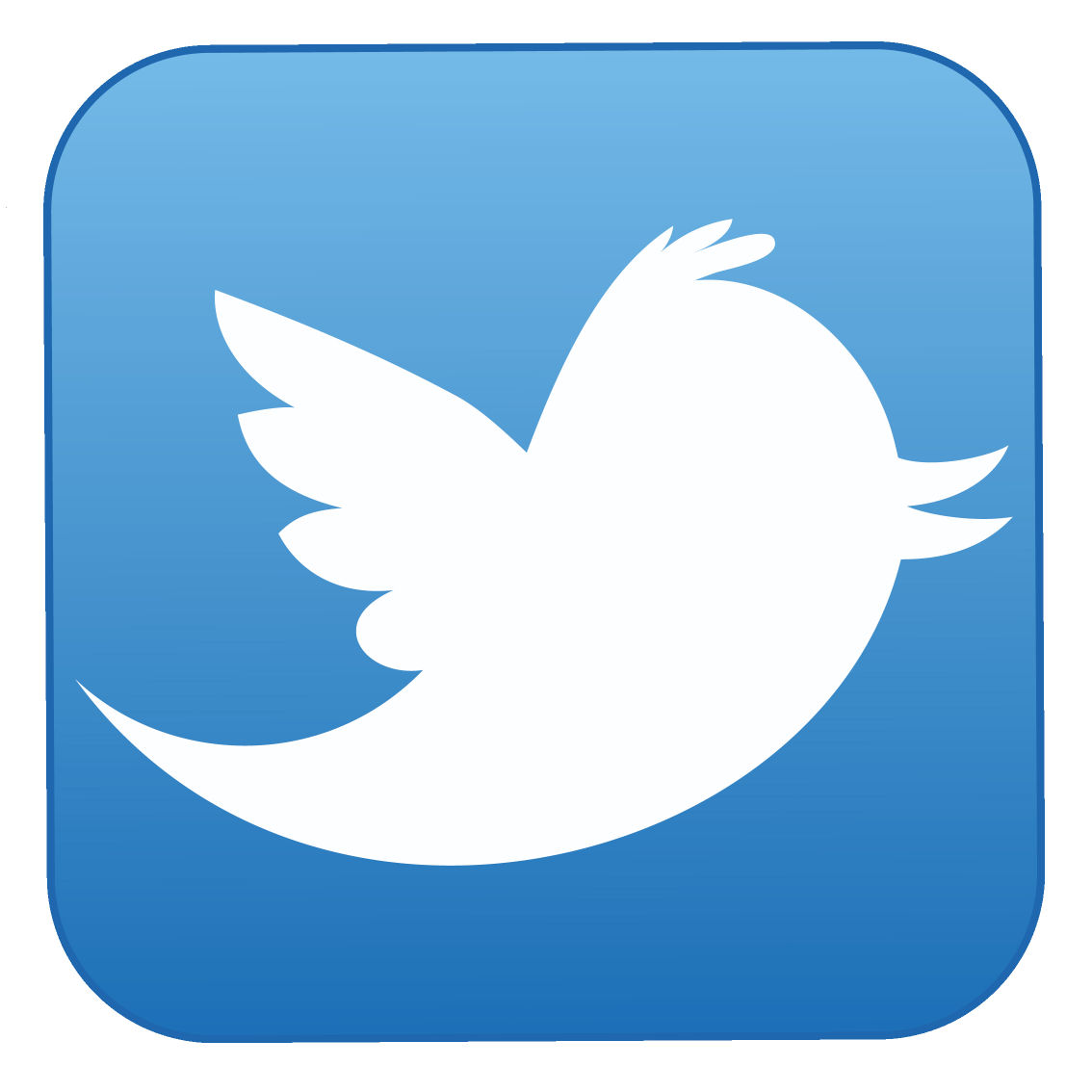Twitter rolled out its arguably most high-profile update on Nov. 3 when it revamped its popular “favorite” button — used to “show appreciation for a Tweet,” according to the site’s help center — by renaming the feature a “like” and replacing the yellow star symbol with a red heart.

Not much about the feature differs other than the terminology and icon. Still, the “favorite” button has been around since Twitter’s launch in 2006. Users apparently felt blindsided, and wasted no time tweeting out their rage.
“@twitter I don’t like the heart. Bring back the star,” user @jessikuh77 demanded (to no avail).
“HOW ARE WE SUPPOSED TO POLITELY END CONVERSATIONS WITHOUT A FAVOURITE BUTTON?” user @SarahDuggers shouted into the virtual void.
Even comedian Andy Richter tweeted out a string of complaints to the company for imposing “nuisance upon nuisance.”
“.@twitter I figured out what I’m gonna do: I’ll tell myself it’s not a heart, but an upside-down engorged glans. Problem solved!” he joked.
Within hours, more than 192,000 users had voiced their individual frustrations with the social media outlet; by midday, “likes” became a trending topic, according to a New York Times blog.
The result of Twitter users’ collective fury? Well, nothing, really. Twitter’s new heart icon seems like it is here to stay, as are the site’s impassioned users, however disapproving of the recent update.
Two weeks later, no one’s saying much about the feature, refusing to like content or boycotting the site altogether, as some initially threatened. In fact, Twitter even reported a 6 percent increase in users’ “liking” tweets with the new, red heart icon than they did “favoriting” tweets with a yellow star.
The disconnect between users’ reactions and activity is confusing, but it’s certainly not a new phenomenon when it comes to changing technology. Last week, The Atlantic reported the early reactions to Apple’s first generation iPhone unveiling in 2007, unearthed via the Internet Archive’s Wayback Machine.
Several users on an Internet comment thread scoffed at the idea of a touch screen. One questioned why the iPhone didn’t feature FM radio. Another wrote they would be “keeping [their] Samsung A707, thanks.” Yet this March, Apple CEO Tim Cook announced the company had sold 700 million iPhones.
It’s natural for Twitter users to feel angry or confused by recent updates. Resistance to change, technological or otherwise, is typical and existed long before cellphones and social media did. But adaptation is normal, too. If people can say goodbye to their Motorola Razrs and Facebook bumper stickers, before long they’ll likely consider a yellow star icon a minor casualty, too.





